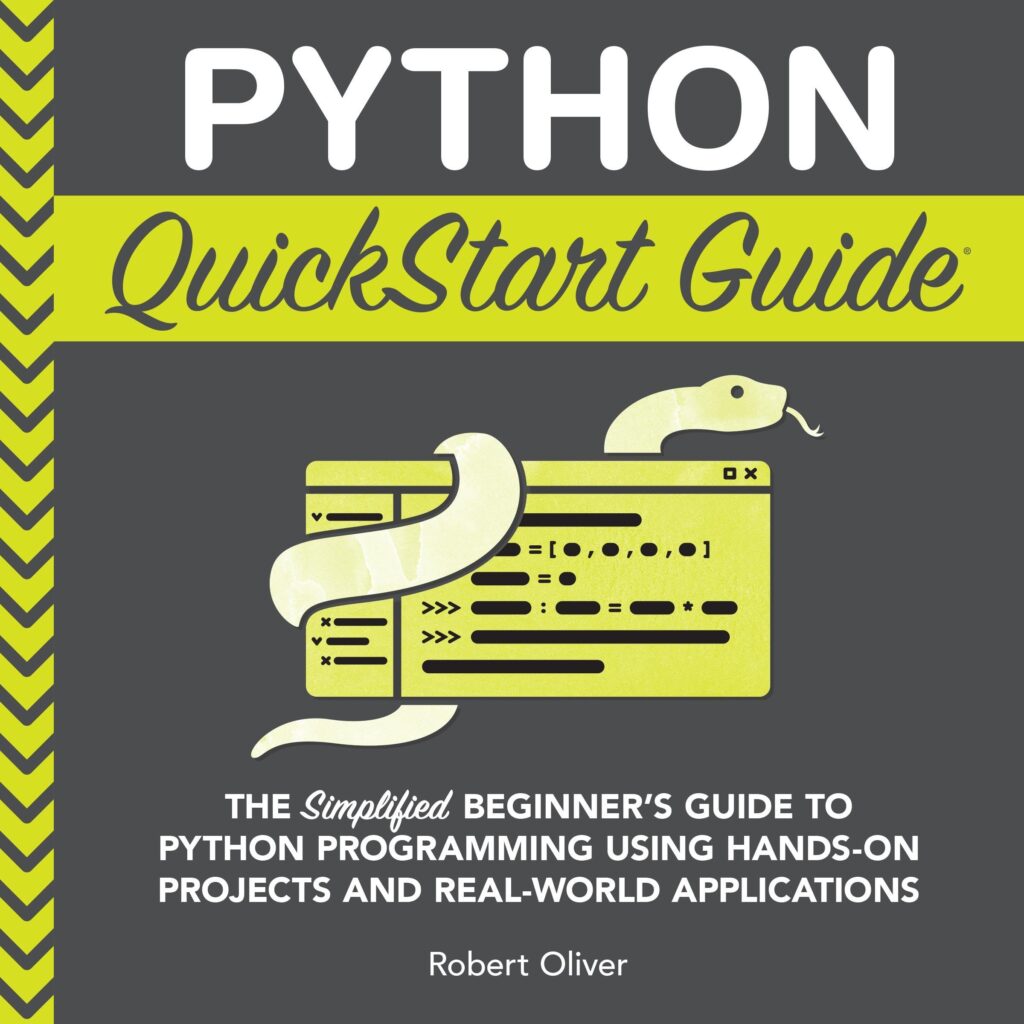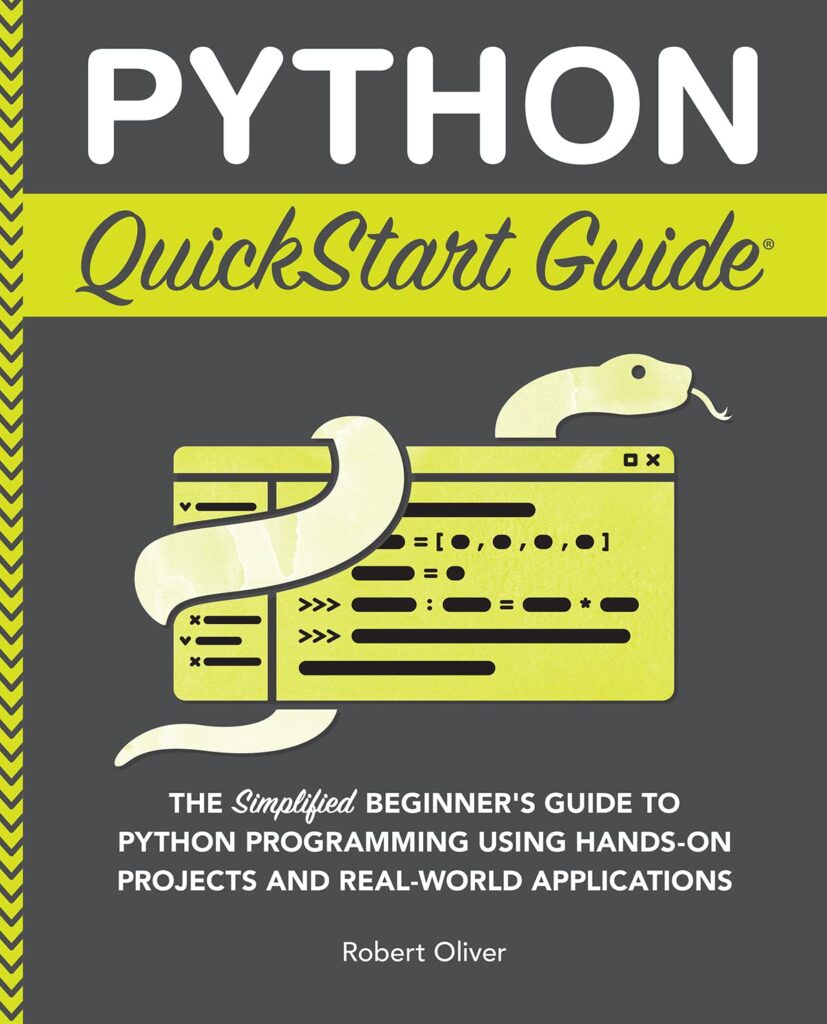
The mechanics of batch normalization serve as a foundation for improving the performance of deep learning models. At its core, batch normalization addresses the internal covariate shift—where the distribution of inputs to a layer changes during training, slowing down the training process. By normalizing these inputs, we can stabilize the learning process and accelerate convergence.
Batch normalization operates by standardizing the output of a previous layer for each mini-batch. This standardization involves two key components: the mean and the variance. For a given layer, the inputs are normalized as follows:
def batch_norm_forward(x, gamma, beta, eps=1e-5):
# Calculate mean and variance
mu = x.mean(dim=0)
var = x.var(dim=0, unbiased=False)
# Normalize the input
x_normalized = (x - mu) / (var + eps).sqrt()
# Scale and shift
out = gamma * x_normalized + beta
return out
Here, x represents the inputs to the layer, gamma and beta are learnable parameters that allow the model to recover the original distribution if that provides better performance. The small constant eps is added for numerical stability.
During the training phase, we compute the mean and variance on the current mini-batch. But for inference, it’s essential not to rely on the current mini-batch statistics as they may not represent the entire dataset. Instead, we maintain running estimates of the mean and variance across batches:
def update_running_stats(mu, var, running_mu, running_var, n, momentum=0.9):
running_mu = momentum * running_mu + (1 - momentum) * mu
running_var = momentum * running_var + (1 - momentum) * var
return running_mu, running_var
This function captures the essence of how batch normalization operates during training versus inference. By carefully tuning these estimates, we ensure that the model can generalize better to unseen data. It’s this distinction between training and inference that underscores the importance of understanding the internal workings of batch normalization.
Secondly, batch normalization introduces additional computation per layer, primarily due to the need to compute the mean and variance. However, the gains in training speed and model performance generally outweigh this. Indeed, this additional computational overhead has led to batch normalization being predominantly used in convolutional networks, where speed is already a critical consideration.
Another significant aspect of batch normalization is its independence from the activation function, enhancing the model’s flexibility. Whether using ReLU, sigmoid, or any other activation function, batch normalization will carry through the same advantageous properties. This broad applicability further underscores its relevance in modern neural network architecture design.
Amazon eGift Card - Seasonal - (Instant Email or Text Delivery)
$50.00 (as of December 9, 2025 08:33 GMT +00:00 - More infoProduct prices and availability are accurate as of the date/time indicated and are subject to change. Any price and availability information displayed on [relevant Amazon Site(s), as applicable] at the time of purchase will apply to the purchase of this product.)Enhancing Neural Network Training Stability
Moreover, batch normalization mitigates the risk of vanishing and exploding gradients, a common issue in deep networks. This stabilization allows deeper networks to learn effectively, overcoming the limitations inherent in earlier architectures. With batch normalization, gradients are kept in a suitable range, ensuring that they neither vanish to near-zero nor explode to extreme values during training.
Additionally, another layer of stability is introduced through the decoupling of learning rates from the network architecture. This decoupling permits the use of higher learning rates, fostering rapid convergence. In practice, training neural networks with batch normalization has been shown to reduce the amount of careful tuning required for learning rates and other hyperparameters.
Let’s consider the impact of batch normalization on a simple feedforward network. When integrated properly, we can see a marked improvement not just in convergence speed, but also in overall model accuracy. Below, we find an example of a neural network using batch normalization.
import torch
import torch.nn as nn
class FeedForwardNN(nn.Module):
def __init__(self):
super(FeedForwardNN, self).__init__()
self.fc1 = nn.Linear(784, 256)
self.batch_norm1 = nn.BatchNorm1d(256)
self.fc2 = nn.Linear(256, 128)
self.batch_norm2 = nn.BatchNorm1d(128)
self.fc3 = nn.Linear(128, 10)
def forward(self, x):
x = torch.relu(self.batch_norm1(self.fc1(x)))
x = torch.relu(self.batch_norm2(self.fc2(x)))
x = self.fc3(x)
return x
In this example, the feedforward network consists of three fully connected layers, each followed by batch normalization. The use of batch normalization before activation functions facilitates the network in maintaining a more consistent distribution of layer inputs throughout the training process. The drive for stable gradients empowers deeper architectures, making them trainable with ease.
When training this network, one might observe that even with simpler initializations, models begin to converge faster in comparison to similar architectures without batch normalization. This capacity for quick adjustments in training dynamics is invaluable, especially in applications requiring rapid prototyping or extensive experimentation. Adjustments in architecture or data can be implemented without the fear of derailing training progress.
An additional benefit arises from the potential for dropout rates to be increased during training; this effectively enhances regularization. Dropout layers can be placed after the batch normalization layers, allowing greater model robustness against overfitting. By controlling the model’s capacity directly while benefiting from batch normalization’s stabilizing effects, we establish a more resilient training regime.
Implementing BatchNorm in PyTorch Models
To implement batch normalization effectively in PyTorch, we use the built-in torch.nn.BatchNorm1d or torch.nn.BatchNorm2d classes, depending on whether we are working with fully connected or convolutional layers, respectively. These PyTorch implementations manage the mean, variance, and updates of the running statistics automatically, allowing us to focus on model architecture rather than the intricacies of batch normalization calculations.
Below is a more advanced example demonstrating the integration of batch normalization in a convolutional neural network (CNN). This model is designed for image classification, using BatchNorm2d to ensure stability through the convolutional layers:
import torch
import torch.nn as nn
import torch.nn.functional as F
class ConvNet(nn.Module):
def __init__(self):
super(ConvNet, self).__init__()
self.conv1 = nn.Conv2d(3, 16, kernel_size=3, stride=1, padding=1) # Input channels: 3 (RGB), Output channels: 16
self.batch_norm1 = nn.BatchNorm2d(16)
self.conv2 = nn.Conv2d(16, 32, kernel_size=3, stride=1, padding=1) # Increase feature maps
self.batch_norm2 = nn.BatchNorm2d(32)
self.fc1 = nn.Linear(32 * 8 * 8, 128) # Assuming output size has been reduced to 8x8 with pooling
self.batch_norm3 = nn.BatchNorm1d(128)
self.fc2 = nn.Linear(128, 10) # Output classes
def forward(self, x):
x = F.relu(self.batch_norm1(self.conv1(x)))
x = F.max_pool2d(x, kernel_size=2)
x = F.relu(self.batch_norm2(self.conv2(x)))
x = F.max_pool2d(x, kernel_size=2)
x = x.view(x.size(0), -1) # Flatten the tensor
x = F.relu(self.batch_norm3(self.fc1(x)))
x = self.fc2(x)
return x
In this convolutional network, after each convolutional layer, we see the application of batch normalization followed by a ReLU activation function. The object of this arrangement is not only to normalize the layer inputs but also to inject non-linearity immediately after normalizing. Through this mechanism, we ensure that activations are standardized and conducive to effective learning, thus preserving the integrity of the gradient flow.
The effect of batch normalization is particularly evident in the convolutional layers, where, like their feedforward counterparts, the overall internal distribution remains consistent. The network can learn more complex hierarchies as deeper layers inherit the stability provided by batch normalization from the preceding layers. The pooling operations reduce the spatial dimensions, which further assists in managing computational load while allowing feature maps to pack more information efficiently.
It’s crucial to note that the integration of batch normalization necessitates consideration of the mini-batch size. For example, with very small batch sizes, the computed mean and variance can produce noise in the normalization process, potentially harming overall performance. That is why monitoring the training batch size is important. Larger batches yield more reliable estimates of the statistics, especially in dataset scenarios where availability permits.
The incorporation of batch normalization also leads to some adjustments in the learning rate schedule. As we are allowed to leverage larger learning rates, a linear learning rate warm-up strategy becomes beneficial in some cases, ensuring the model gradually finds its footing before undergoing more aggressive learning phases. Such strategic training schedules enhance convergence rates while mitigating potential instability often observed with larger learning rates.
Moreover, we can explore variants of batch normalization that extend its basic principles to handle different kinds of data and model architectures. Among these variants is Layer Normalization, which normalizes across the features instead of over the mini-batch. This approach can be particularly useful in recurrent neural networks (RNNs) and transformers, where batch sizes may not always be representative or where the modeling of sequential data presents unique normalization challenges. Layer Normalization simplifies computations by ensuring that each feature in the layer cooperates independently of others, maintaining stability irrespective of the batch size.







